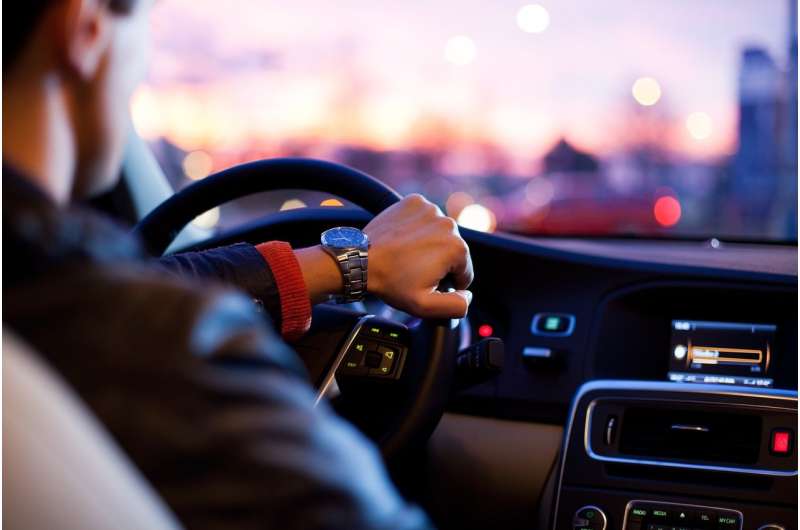Improving driver safety: A standardized look at distraction monitors

A group of scientists in the USA has developed the first-ever standardized method of evaluating commercially available driver-monitoring systems. The details were published in the May issue of IEEE/CAA Journal of Automatica Sinica (JAS), a joint publication of the IEEE and the Chinese Association of Automation.
Driver distraction is defined as any activity that can potentially divert the driver's attention away from the current driving task. It can include texting, using a phone/navigation system, and talking to passengers, and is considered to be one of the prominent contributors to traffic accidents. Driver state sensing technologies aim to reduce the risk of traffic accidents by detecting and intervening in driver distraction and lack of attention. Several types of camera-based driver state sensors are currently available in commercial vehicles, and while they have been widely studied by automotive manufacturers, there is no common standard available to objectively evaluate and compare the performance of these products.
"We have proposed one systematic and standardized performance evaluation process for driver state sensors by taking into consideration several environmental factors together with the individual differences in drivers' behaviors," says Lingxi Li, Ph.D., corresponding author and Associate Professor in Electrical and Computer Engineering at Indiana University—Purdue University, Indianapolis.
The researchers addressed three difficulties: defining and selecting the important individual and environmental factors that affect driving; addressing variation and randomness in driver behaviors; and building a reliable tool that tracks head motion of drivers while in the car.
They then collected large amounts of data on a commercial driver recording device, whereby each subject's head monitoring data was collected for 30 to 40 minutes in addition to other variables such as lighting conditions, head/face features, and camera locations. The results of the study show that their system is capable of evaluating monitors that record the state of a driver as well as other variables. This suggests that there can be a common base for comparing the performance of different recording devices.
The researchers hope to use their method in a more complex way by incorporating more factors and looking at more scenarios. These include a lighting device that could be used in the lab to simulate real light conditions when driving through the woods, for example, as well as a few other sites that could enhance the method's accuracy and efficiency even further. "The ultimate goal is to develop a star-rating system for classifying various camera-based driving state sensors in the market, which can best serve the consumers," Li comments.
More information: IEEE/CAA Journal of Automatica Sinica, www.ieee-jas.org/article/doi/1 … 109/JAS.2019.1911483
Provided by Chinese Association of Automation





















